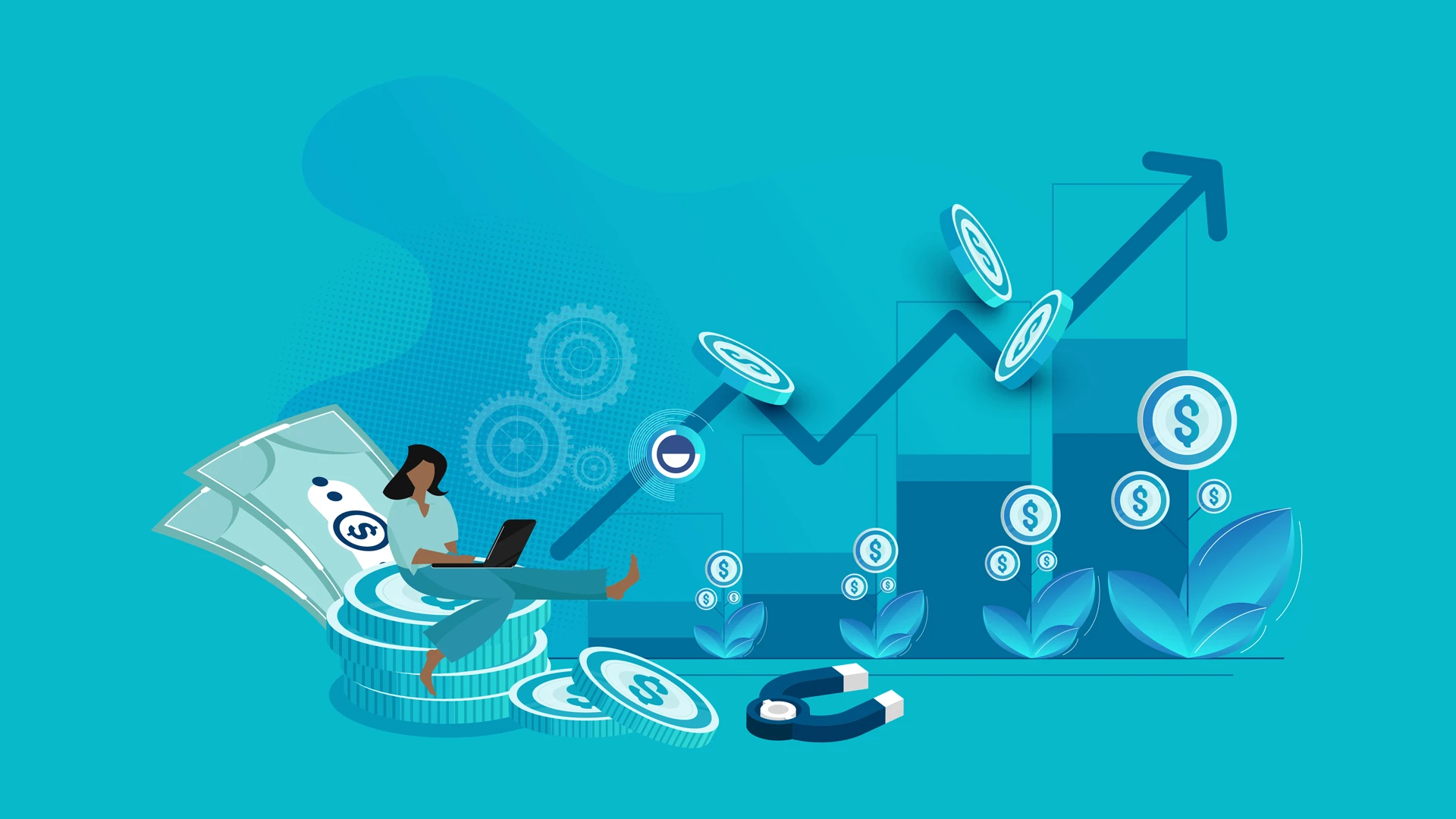
When entrepreneurs list their principal reasons for launching a company, small business owners often cite being their own boss, flexibility in setting their working hours, and turning a commercial concept into reality as their main motivations. Now new data identifies another incentive that may convince future entrepreneurs to take the plunge. According to a recent analysis by the Federal Reserve Bank of Minneapolis, the average self-employed person earns significantly more income during their career than people who work for someone else.
However, the report’s findings also note the widely varying levels of income among small business owners, and the length of time usually required before stronger earnings start flowing in. Those details may lead some less enterprising prospective entrepreneurs to stick with punching a clock after all.
The analysis by the Minneapolis Fed differs from most research on small business owners, which often relies heavily on survey responses. The shifting makeup of participants in those inquiries often produce widely contrasting results, creating what Minneapolis Fed authors likened to the parable of the blind men and an elephant: Each poll was essentially “touching only one part of the body,” and led to researchers drawing different and incomplete conclusions.
To establish a more complete picture of the nation’s entrepreneurs, the Minneapolis Fed used U.S. tax and Social Security Administration data from 2000 to 2015. That allowed it to determine income those small business owners collectively generated for themselves, and identify why they stuck it out with companies that were often slow to reach profitability. And that wasn’t due to setting their own hours.
“(W)e find that self-employed individuals have significantly higher income and steeper income growth profiles than paid-employed peers with similar characteristics,” the report said, while also refuting frequent survey results that suggest many entrepreneurs stay in business for the perks of not having to answer to a boss.
Featured Video
An Inc.com Featured Presentation
“Contrary to earlier studies based on surveys plagued by underrepresentation in the right tail of the income distribution, we find that non-pecuniary benefits of self-employment are not substantial when considering the source of most business income,” it said.
What that means, in non-economist-speak, is that many entrepreneurs earn up to 70 percent more than people working for other employers over their careers, with their income increasing considerably faster than paid workers. That winds up vastly outweighing the advantages surveys often identify of founders setting their own work schedules, or getting to ask employees to fetch their coffee.
The study found that during the 15-year period, a 25-year-old entrepreneur earned on average about $27,000 per year in 2012 dollars, while an employee of the same age made $29,000. About five years later, that income disparity had typically reversed, and then continued growing larger in small business owners’ favor.
“By age 55, our estimate is an average (entrepreneur) income of $134 thousand in 2012 dollars — much higher than the estimate of $79 thousand for the paid employed,” the study said. It added that gap was probably even larger before government agencies adjusted small business income declarations by 14 percent to 46 percent to account for presumed underreporting.
“These differences in profiles for the self- and paid-employed would be even more striking if we were to (re)adjust reported incomes to account for business income underreporting.”
Not every small business owner winds up earning as much as people working for salaries, however — or as much as their more successful peers.
The study said about 80 percent of the total income of entrepreneurs it identified was generated by people earning $100,000 annually or more. That means a lot of small business owners fared less well than than the more affluent minority at the top. As a result, the authors said in wonky terms, a minority of self-employed people made even less than workers working for someone else..
“IRS data show that many of the primarily self-employed earned less over the sample years than paid-employed peers with similar characteristics, but in the aggregate this subgroup has a much lower share of the total income than those that earned more than their peers,” it noted.
The Minneapolis Fed noted some other interesting observations in its findings.
One was that many entrepreneurs continued working salaried jobs, or had other income coming in as they supported their still unprofitable new ventures. Those supporting funds improved the cohort’s overall positive revenue figures, even during early lean years.
“In other words, when starting a new business, owners rely on other sources of labor earnings, through either paid-employment or other business enterprises,” it said. “Thus, even though most businesses have losses, few owners have negative individual incomes.”
Another significant detail was what the authors said were their use of official data to create a more precise collective financial portrait of entrepreneurs — contrasting the results of many surveys that may simplify the motives and activities of limited samples of small company owners.
“(T)he literature on entrepreneurship has an array of narratives, describing the typical business owner in many possible ways: as a gig worker seeking flexible arrangements, a misfit avoiding unemployment spells, an inventor seeking venture capital, a tax dodger misreporting income,” it said, before noting its own use of official income statistics collected from millions of entrepreneurs. “These data provide new insights into the central questions of the entrepreneurship literature and will hopefully prove useful for researchers interested in calibrating models of self-employment and business formation.”